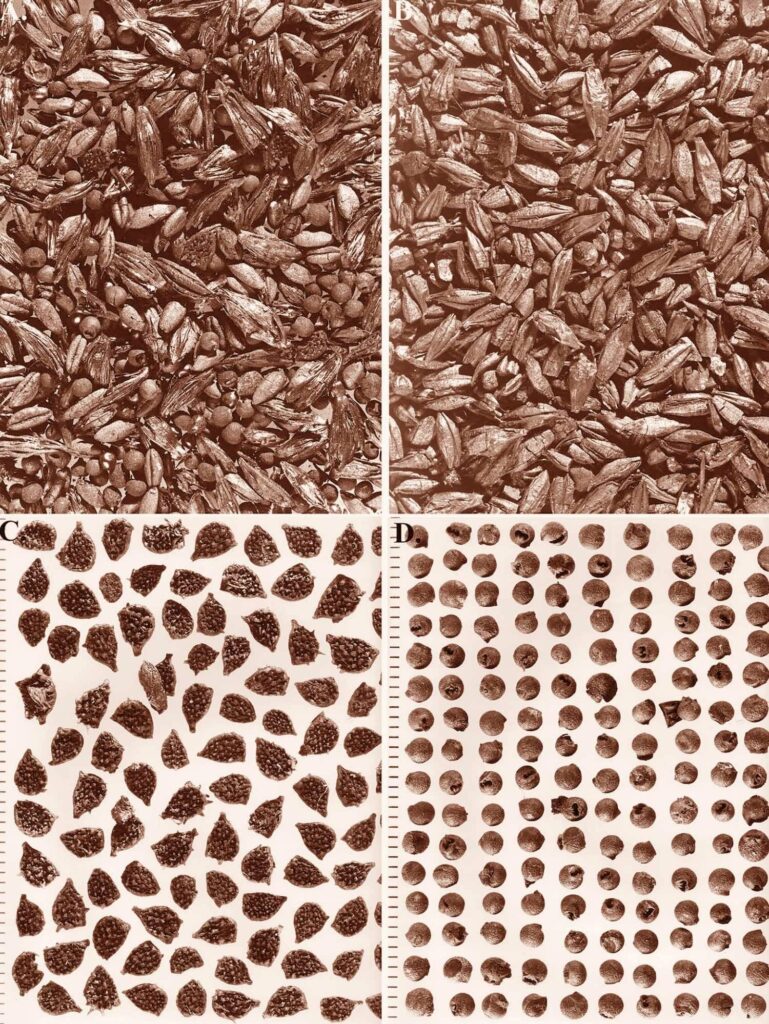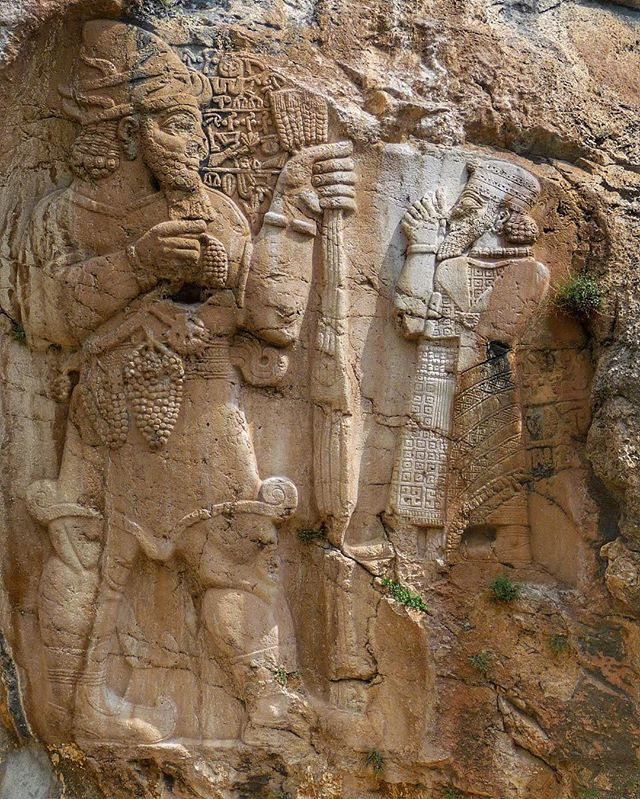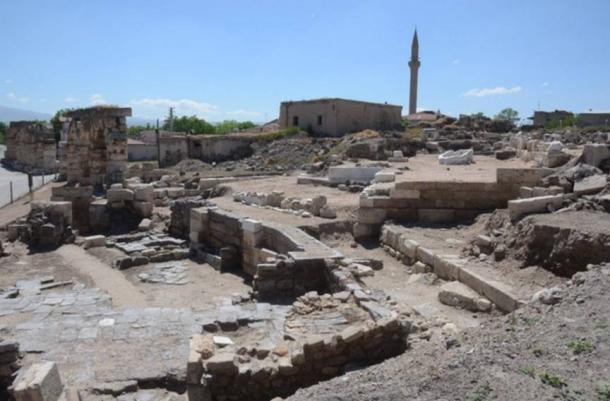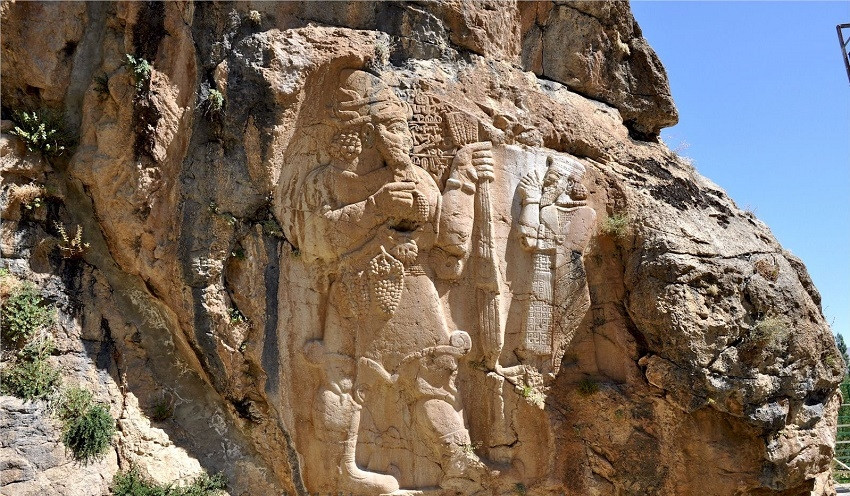The Birth of Agriculture in Karacadağ

In the shadow of Karacadağ, an ancient mountain in what is now Turkey, a remarkable grain first took root. Siyez, also known as emmer wheat, would go on to earn the title “father of wheat” and change the course of human history. This hardy crop marked the dawn of settled agriculture, providing early civilizations with a stable food source that would fuel their growth and ambitions.
From Wild Grass to Staple Crop
As nomadic hunter-gatherers began to cultivate siyez in the fertile foothills, they laid the foundation for a revolutionary shift in human society. The nutrient-rich grain became a reliable staple, allowing communities to flourish and giving rise to more complex social structures.
The Hittite Empire: Nourished by Ancient Grains
Divine Connections: Wheat and the Storm God

During the height of Hittite power, rock carvings tell a compelling story. They depict the Storm God Tarhundaš adorned with wheat heads and grape stalks – a powerful symbol of the deep connection between agriculture and divine favor. In one striking scene, Warpalawas, the Priest King of Tuwana Land, pays homage to Tarhundaš, acknowledging the god’s role in bringing abundance to the land.
Siyez: The Seed of Civilization

The cultivation of siyez wheat did more than fill bellies; it sowed the seeds of an empire. The Hittites, armed with advanced agricultural knowledge and the strategic use of their resources, rose to become one of the most formidable civilizations of their time. From their homeland in Anatolia, they spread not just grain, but the very foundations of complex society – innovations in governance, technology, and culture that would shape the ancient world.
The Enduring Legacy of Ancient Grains
Kars: Where History Still Grows

Today, in the region of Kars, farmers continue to cultivate corned wheat, a direct descendant of the ancient grains that once fed empires. This living connection to our agricultural past does more than preserve tradition; it maintains crucial genetic diversity in our wheat stocks and provides a tangible link to the ingenuity of our ancestors.
Conclusion: From Ancient Fields to Modern Tables
The journey of siyez wheat, from the slopes of Karacadağ to the fertile fields of Kars, is a testament to the enduring impact of early agricultural innovations. This ancient grain, which once nourished the mighty Hittite Empire, continues to hold both cultural and scientific value. As we explore and honor our agricultural heritage, the story of siyez reminds us of the profound ways in which the choices of early farmers continue to shape our world today.
